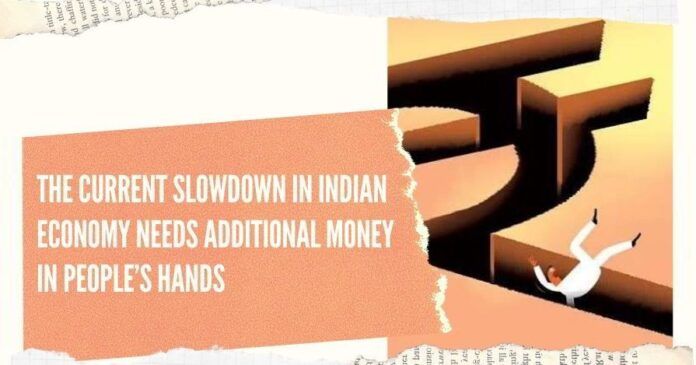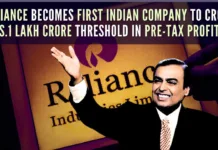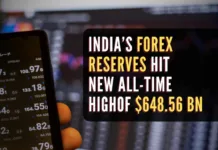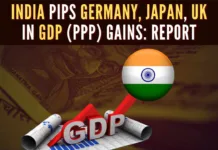
There is now no denying that a sudden deceleration has set in in Indian economy. This is the third instance of an economic slowdown for India in the past decade after the ones that began in June 2008 and March 2011.
It has happened largely because both domestic consumption demand is falling and investment, especially in the private sector, is not forthcoming. Weakness has been fairly broad-based, with weakening domestic spending driven by financial stress among rural households and weak job creation and external demand losing momentum due to a downturn in world trade.
GoI has announced a big corporate tax cut apparently to put more money in people’s hands. But this would also work more from the supply side increasing the available surplus for investment.
There are structural weaknesses too. Two need immediate attention. The Indian economy is being held back by a large squeeze in credit availability emanating from problem-ridden non-bank financial companies (NBFCs). The other central issue in India is the size and inefficiency of the public sector. They take a large share of household financial savings and deploy them most inefficiently. Some are supported by the central budget and some by statute. This impacts competition.
Especially, household consumption is falling in India since 2014, as never before in many years, as pointed out by Nobel Laureate, Abhijit Banerjee. He also said ‘Economic incentives don’t always do what we want them to’.
In India, government expenditure accounts for around 10 per cent in the economy. With the government sensing an economic slowdown, it increased expenditure by 19 per cent in 2017-18 and 13 per cent in 2018-19. This was the highest increase in government expenditure since the 2008 financial meltdown. Like Shri Banerjee said this has not apparently worked.
Following are some recent govt initiatives:
- National Policy on Electronics Policy was passed by the Ministry of Electronics & Information Technology in February 2019.
- The mobile phone industry in India expects that the Government of India’s boost to the production of battery chargers will result in setting up of 365 factories, thereby generating 800,000 jobs by 2025.
- The Union Cabinet has approved incentives up to Rs 10,000 crore (US$ 1.47 billion) for investors by amending the M-SIPS scheme, in order to further incentivise investments in the electronics sector, create employment opportunities and reduce dependence on imports by 2020.
- The Government of India has allowed 100 per cent Foreign Direct Investment (FDI) under the automatic route in Electronics Systems Design & Manufacturing sector. FDI into single-brand retail has been increased from 51 per cent to 100 per cent and FDI limit in multi-brand retail to 51 per cent.
- On 30 August Finance Minister Nirmala Sitharaman announced that ten state-owned banks will be merged into four entities. The INR 700bn capital infusion for banks announced in the Budget will also be accelerated.
- The RBI announced rate cuts lowering cost of credit and also a relaxation in risk weights for all consumer loans, except for credit card receivables. The govt. has initiated measures like the withdrawal of the bad taxes on capital gains and start-up funding. Other measures are income support scheme for farmers and government plans to renew its vehicle fleet.
These, except for the last one, are more supply-side measures. GoI has announced a big corporate tax cut apparently to put more money in people’s hands. But this would also work more from the supply side increasing the available surplus for investment. For these supply-side changes to yield benefits, people need to have cash in their hands.
How this can be done is the moot question.
Note:
1. The views expressed here are those of the author and do not necessarily represent or reflect the views of PGurus.
- The real Parivartan is to be ushered in now. - March 23, 2021
- When will the truth dawn on Bengalis? - March 13, 2021
- The many arguments of anti-Modi intellectuals - November 5, 2020











[…] This is the third instance of an economic slowdown for India in the past decade after the ones that began in June 2008 and March 2011.Read More […]
Howmuch profit e commerce companies have posted. Indian economy is in bad shape see all sectors data
Where is the slowdown? Check the sales figures of e-commerce companies. They have surpassed the ones of last year’s. Brick and mortar companies aren’t doing too bad. It’s all narrative. There is no slowdown, except in few sectors.